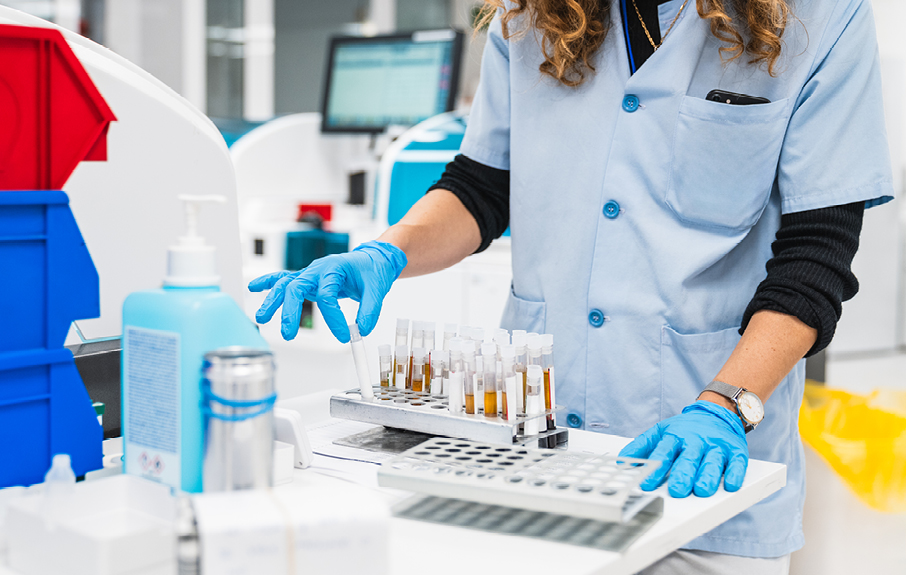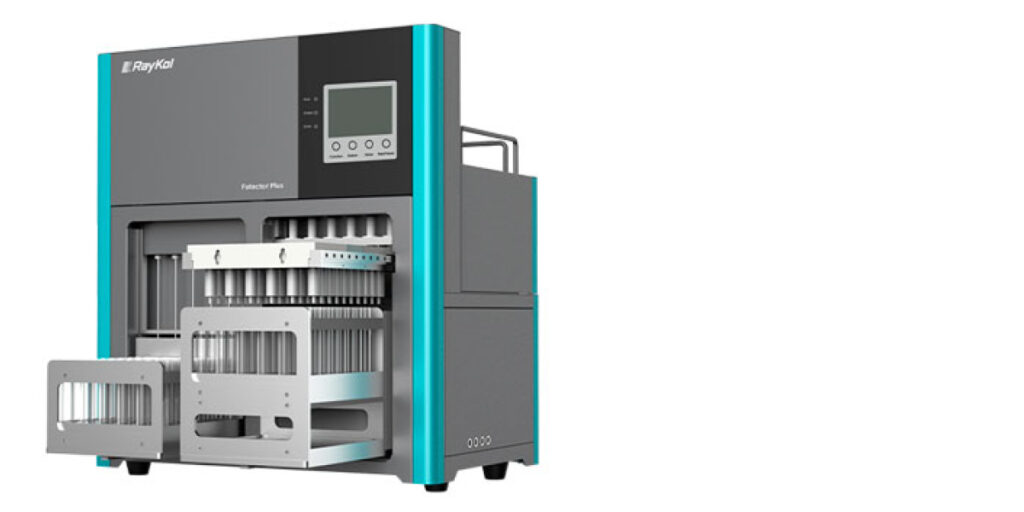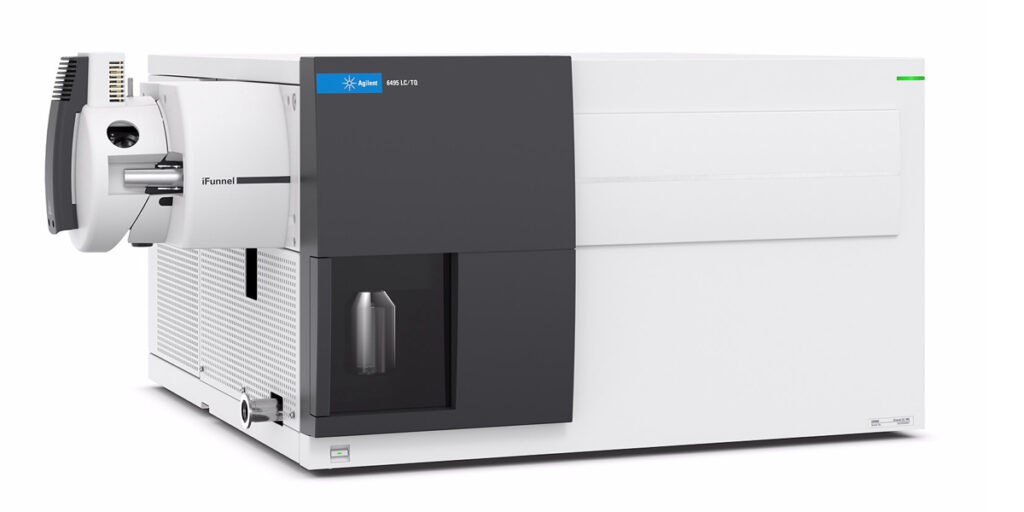Festive fashion, hidden risks
With the holiday season fast approaching, South Africans are gearing up for warm-weather celebrations, stocking up on water-repellent jackets, quick-dry swimwear and stain-resistant tablecloths. But behind the seasonal sparkle lies a silent concern: PFAS, or per- and polyfluoroalkyl substances.
Nicknamed “forever chemicals” for their resistance to breakdown, PFAS are commonly used in textiles to enhance durability and repel liquids. However, their environmental persistence and health risks, ranging from hormonal disruption to cancer, have made them a growing concern worldwide.
As international regulations tighten, textile retailers, importers and labs in South Africa must prepare to detect and manage PFAS contamination.
Why is PFAS detection in textiles so difficucon
Detecting PFAS in fabric isn’t like testing for surface-level contaminants. These chemicals can:
- Be present in ultra-trace amounts
- Be embedded in complex synthetic fibres
- Require extensive and delicate preparation before testing
Traditional methods rely heavily on manual prep, increasing the risk of human error. For busy labs and testing facilities, especially in high-demand seasons, this leads to:
- Delays in turnaround times
- Inconsistent results
- Potential non-compliance with regulations
Automation is transforming textile PFAS testing
Forward-looking labs are turning to automation to solve these pain points. By integrating Agilent’s LC/MS instruments with Raykol’s automated SPE (Solid Phase Extraction) systems, labs can drastically improve their efficiency and precision.
Benefits of this approach include:
- Faster processing of large sample volumes
- Minimised manual intervention
- Higher consistency and reproducibility
- Freed-up lab staff for data analysis rather than repetitive prep tasks
This workflow is especially valuable during South Africa’s high-spend festive months, where time and accuracy are critical.
How does Raykol’s automated SPE system improve sample prep?
Sample preparation is often the most manual and error-prone stage of PFAS testing. Raykol’s Fotector SPE platform automates this process, reducing variability and increasing throughput.
Key benefits of Raykol’s system include:
- Reduced contamination risk from human handling
- Faster preparation times for large volumes
- Seamless compatibility with LC/MS workflows
- Improved repeatability and lab efficiency
Agilent LC/MS: Trusted precision for PFAS detection
Agilent’s Liquid Chromatography/Mass Spectrometry (LC/MS) systems are purpose-built to detect ultra-low concentrations of PFAS in even the most complex textile materials.
These platforms help labs:
- Comply with global regulations (e.g. EU REACH, US EPA, SAICM)
- Process large test batches without compromising accuracy
- Stay competitive by delivering reliable, compliant results on time
PFAS testing protects more than compliance
While regulation is a key driver, the real value of PFAS detection goes beyond ticking boxes. South African retailers and importers who adopt rigorous testing practices also gain:
- Consumer trust during peak sales seasons
- Brand differentiation as safety-conscious and transparent
- Supply chain resilience against new international bans or restrictions
- Preparedness for the expanding global push toward PFAS elimination
Case in point: A South African home textile importer recently adopted Agilent + Raykol systems and achieved a 60% reduction in turnaround time, enabling full compliance with updated EU restrictions before they took effect.
What’s next? Build a smarter PFAS detection strategy
PFAS are here, regulations are rising, and expectations around chemical safety are increasing fast. Now’s the time to modernise your PFAS testing workflows with automation and precision analytics.
Make your lab smarter, faster, and fully compliant – before it’s mandatory.









